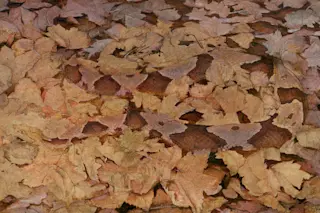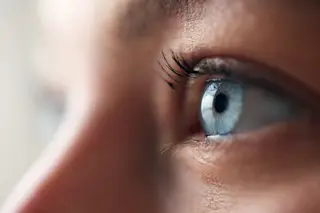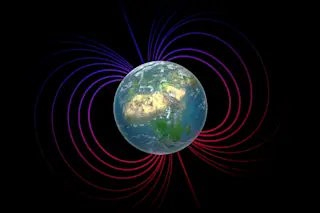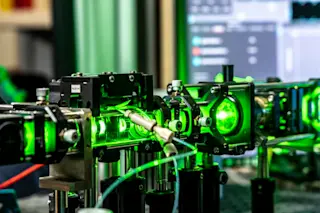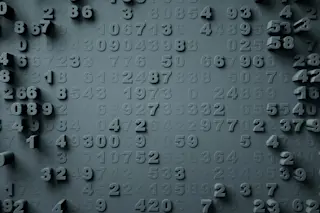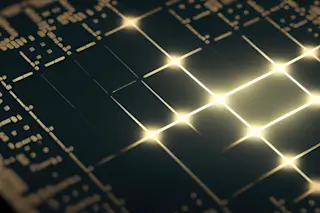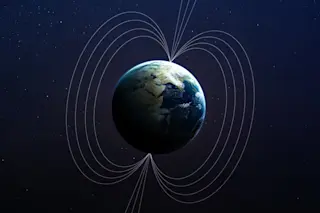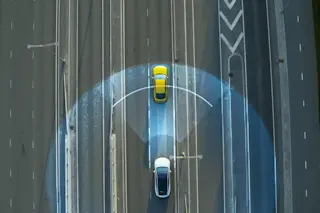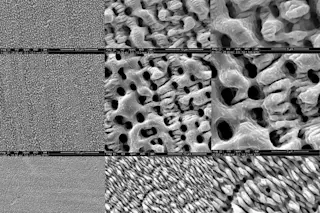Copperhead Snake on Dead Leaves, watercolor by Abbott Handerson Thayer (1849-1921). (Courtesy: Smithsonian American Art Museum) When the American painter Abbott H. Thayer published his book Concealing-Coloration in the Animal Kingdom in 1909, he put forth the hypothesis that animals’ colors served one function and one function only: to camouflage. While that theory has since been disproven (animal colors also play a role in threatening predators and attracting mates), his work made a significant impact on our understanding of camouflage and how it could be used in war. During World War I, both the French and the German militaries relied on his book to develop designs for camouflaging their soldiers, and it became required reading for the U.S. Army’s newly launched unit of camoufleurs. Thayer’s work noted how nature “obliterates” contrast by both blending into its environment and disrupting it by using arbitrary patterns to break up outlines. Thayer was ...
Outsmarting the Art of Camouflage
Discover the advances in camouflage in nature and how scientists analyze marine organisms to improve detection methods.
More on Discover
Stay Curious
SubscribeTo The Magazine
Save up to 40% off the cover price when you subscribe to Discover magazine.
Subscribe

